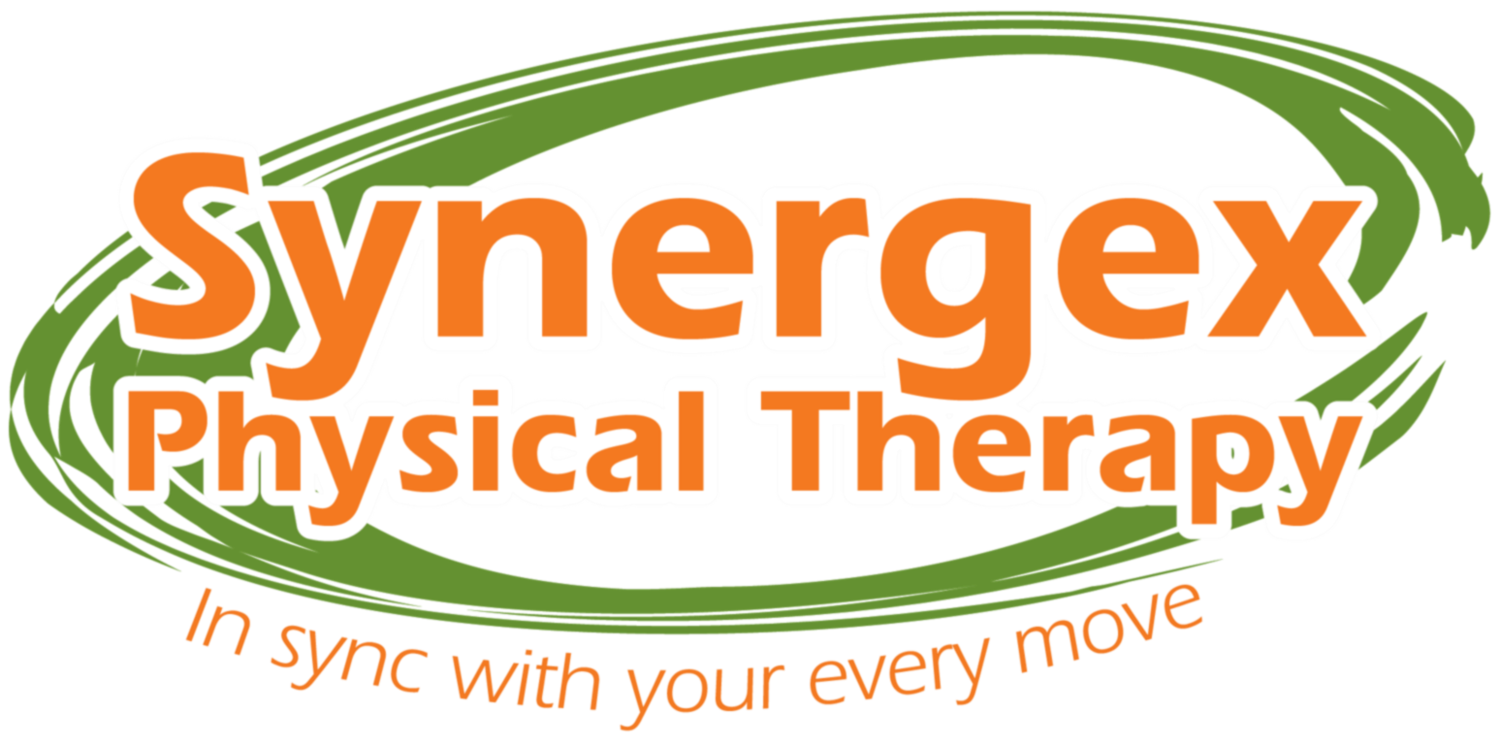For some, exercise can be a way of staying fit for overall well-being, for others it’s a means of maintaining or improving our physical appearance, and for many it may be an outlet for stress relief or socialization. Whatever the purpose, it surely is beneficial to people of all age groups. However, if we do not pay attention to certain aspects of exercise such as form, technique, understanding our threshold, and recovery, it is rather easy to experience an injury.
General Tips:
In order to make physical improvements, your body needs to be pushed to an appropriate level. This threshold depends on age, baseline strength and flexibility, and participation level. Be realistic about your activity threshold, and know the difference between moderate muscle soreness and pain. Your activity threshold will only increase as you consistently and appropriately perform your exercises.
Activity Specific Tips:
In activities like tennis, and Zumba where there are quick changes in direction, shuffle your feet with heels off the ground to prevent knee or hip injuries that can result from swift body movements with the feet planted on the ground.
Bikers should adjust their positioning so the shoulders are neither too elevated nor rounded when leaning
forward on the handlebars. The natural slight forward curvature of your low back- lordosis should be maintained. Any rocking motion at the pelvis while riding should be avoided, by using an appropriate seat height.
Studies have shown that while running, maintaining a smaller stride length, increased cadence, mid-foot landing with a softer heel strike and maintaining a neutral pelvis with decreased arm swing can considerably bring down your chances of injury.
While lifting or pushing weights, maintaining hands in your field of vision will prevent shoulder injuries. When performing squats and lunges, your shoulder, trunk and hip alignment is as important as maintaining your knees within the length of your toes.
Recovery & Repair:
Ease into your routine particularly if you are taking up a new activity or altering your exercise activity. Aim for consistency rather than overnight success. For running increasing difficulty may include increasing speed, running up or downhill, increasing duration and interval training. For resistance training, increasing difficulty may include increased weight, repetitions, sets, and decreasing the amount of time required to perform the same amount of exercise. Working different muscle groups in an alternate pattern, or alternating between strength and cardiovasular endurance, is a great way to prevent overuse injuries. Your body is smart. If it feels like you are developing signs of
overtraining, then take a break- lessen your activity or rest.
Proper recovery from the work out is as essential as the work out itself.
During exercise we are putting our body through a controlled amount of stress or micro trauma. Recovery is your chance to build yourself back up stronger than before. Dynamic stretching before and static stretching after are good ways of maintaining and improving your mobility. Refueling with proper hydration and nutrition after the exercise cannot be ignored. Well rounded variety of carbohydrates, proteins and healthy fats will help replenish the stressed out tissues. Fluids help regulate temperature, maintain healthy joints and eliminate waste that builds up in our system. Follow the Rest Ice Compression Elevation (RICE) protocol immediately in case of an acute joint or muscle injury. If you continue to have symptoms greater than 5-7 days after your workout, seek advice from a healthcare professional.
Physical Therapists are movement experts, and work with people of all ages and activity levels. They can evaluate you, identify the impairment, training error or a more serious cause of your pain. They can correct your body- mechanics and address the impairments with functional exercises and manual therapy, so as to help you resume your pre-injury functional level and prevent recurrence of injury.

